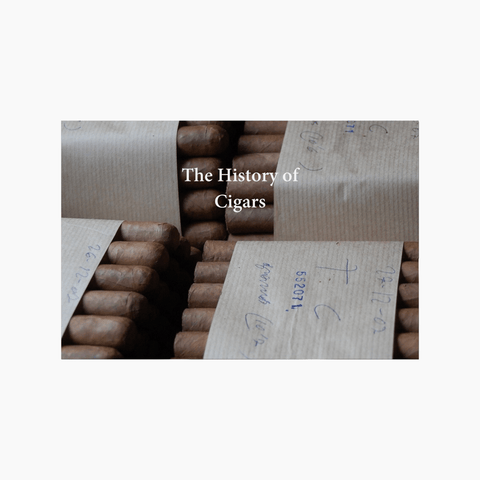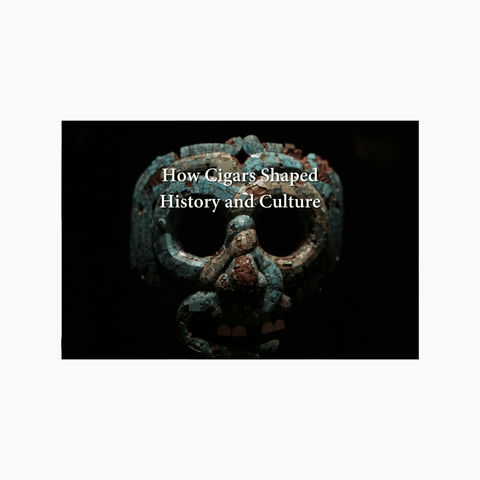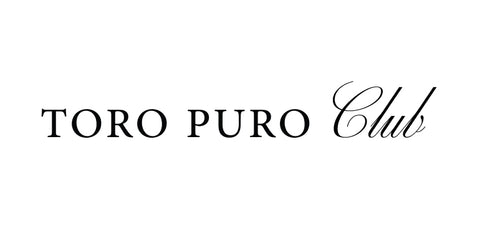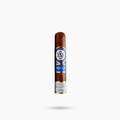The world of cigars is rich with history and tradition. Whether you're new to cigars or a seasoned enthusiast, understanding the origins and journey of cigar-making can deepen your appreciation for this timeless luxury.
Origins of Cigar Smoking
Cigar smoking dates back to ancient times, long before Europeans set foot in the New World. Indigenous people in the Caribbean and Central America were the pioneers of rolling and smoking tobacco leaves in a social and spiritual ritual. They used tobacco in various ceremonies, believing it had healing properties and could connect them to the spiritual world. The Taino, Arawak, and other indigenous groups have cultivated and used tobacco for centuries. They smoked it in different forms, including crude cigars, which were essentially rolled tobacco leaves, and used it in pipes.

When Christopher Columbus landed in the Bahamas in 1492, they were given tobacco leaves as gifts. This momentous event marked the beginning of a global fascination with smoking, as Columbus and his crew brought tobacco back to Europe, sparking a worldwide interest in cigars and their origins.
The Birthplace of Fine Cigars: Cuba
Cuba is often called the birthplace of the modern cigar. The island's unique climate and soil conditions create the perfect environment for growing high-quality tobacco. By the 18th century, Cuban cigars were renowned worldwide for their exceptional quality.
The term 'Habano' refers to cigars made entirely from Cuban tobacco in Cuba. These cigars are considered the gold standard in the cigar world, a testament to the meticulous process involved in their production. From cultivating the tobacco in the unique Cuban soil to the skilled hands that roll the cigars, the making of Habanos is a true art form. Cuban cigar factories, like the famous Partagas and Romeo y Julieta, have been producing these premium cigars for centuries, each one a masterpiece of craftsmanship.
Types of Cigars
There are many types of cigars, each with its own character and appeal. Here are a few common ones:
- Parejo: The most common shape is cylindrical with straight sides. Examples include the Robusto and Churchill.
Figurado, on the other hand, refers to any cigar that isn't straight-sided. This category includes intriguing shapes like Torpedo, Pyramid, and Perfecto, each offering a unique smoking experience and adding to the allure of cigar culture.
- Cigarillo: A smaller, thinner cigar, often smoked more quickly than larger cigars.

bespokeunit
Interesting Facts About Cigars
- Aging Matters: Just like fine wine, cigars improve with age. The ageing process allows the flavours to meld and develop complexity.
- Cigar Bands: The decorative bands on cigars were initially used to protect the smoker's fingers from staining. Now, they are a mark of brand and quality.
- Famous Smokers: Many famous figures have been avid cigar smokers, including Winston Churchill, John F. Kennedy, and Fidel Castro. Churchill even has a cigar size named after him!

The history of cigar making and smoking is a journey through time, culture, and craftsmanship. From the indigenous peoples of the Caribbean to the rolling tables of Cuba, cigars have become a symbol of luxury and relaxation.
Whether you're enjoying a robust Habano or a sleek Cigarillo, you're part of a long tradition that spans centuries. So, next time you light up, take a moment to appreciate the rich history behind your cigar.
Cheers to enjoying the simple pleasures in life!









